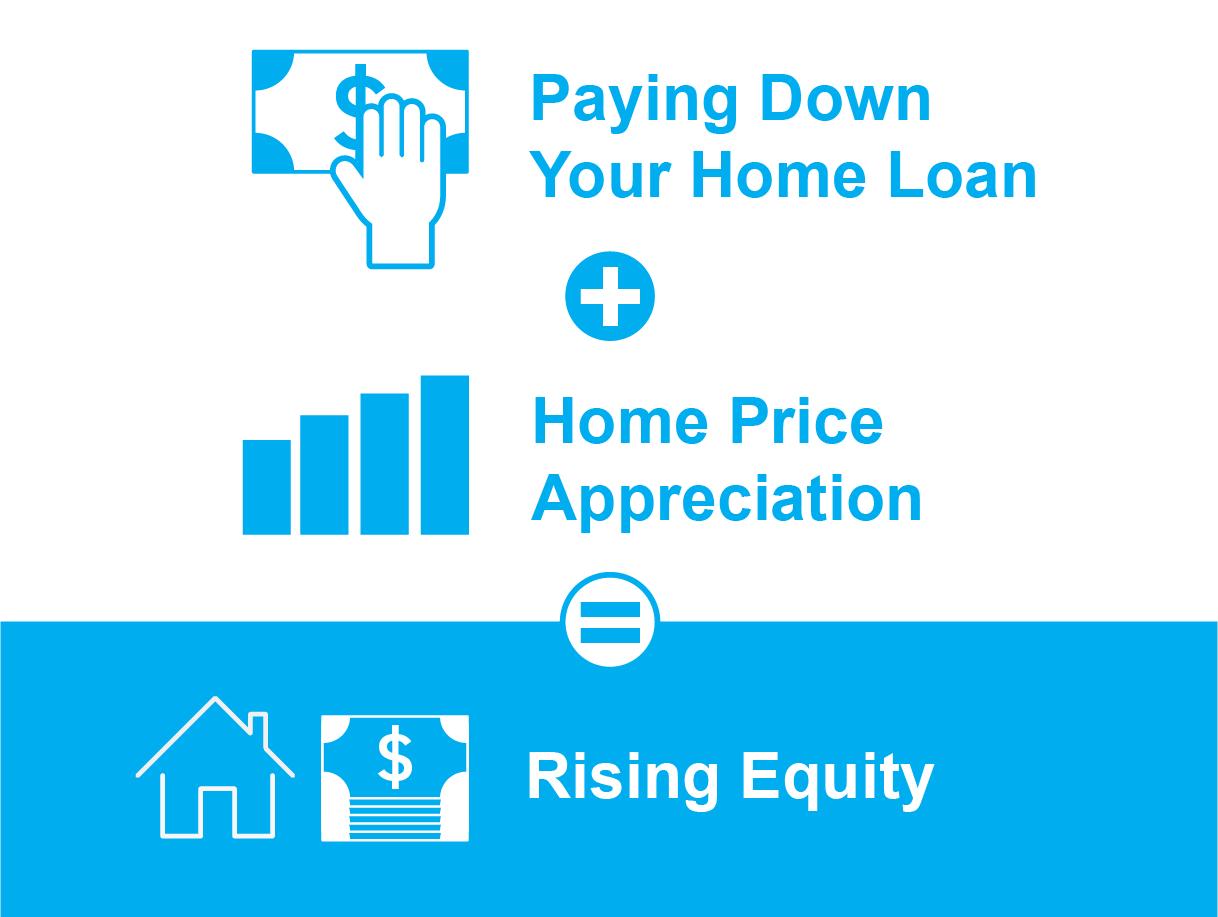
1 minute read
Leverage Your Equity When You Sell
One of the benefits of selling your house is that you can use the equity you’ve built to power your move. Here’s how it works.
By selling your house, your equity can be used toward purchasing your next home. But before you can put it to use, you should understand exactly what equity is and how it grows.
What Is Home Equity?
Equity is the current value of your home minus what you owe on the loan.
Over time, you build equity as you make your monthly mortgage payments and as home prices appreciate. It works like this:

Majority of Americans Have a Large Amount of Equity
If you’ve owned your home for a while, you’ve likely built up some equity – and you may not even realize how much. Based on data from the U.S. Census Bureau and ATTOM, the majority of Americans have a substantial amount of equity right now (see graph below):
Americans Sitting on Tremendous Equity
67.7% Have Paid Off Their Mortgage or Have at Least 50% Equity
Own the Home Free and Clear Mortgaged Homes with More than 50% Equity
Mortgaged Homes with Less than 50% Equity
Source: Census, ATTOM
And having such large amounts of equity is a benefit to homeowners in more ways than one. Rick Sharga, Founder and CEO at CJ Patrick Company, explains:
“Record levels of home equity provide security for millions of families, and minimize the chance of another housing market crash like the one we saw in 2008.”
Over time, your home equity grows. In addition to providing financial stability while you own your house, when you’re ready to sell it, that money could go a long way toward paying for your next home.
Bottom Line
By selling your house and leveraging your equity, it can be easier to pay for your next home. Let’s connect so you can find out how much home equity you have and start planning your next move.
While equity gains contracted in late 2022 . . . U.S. homeowners on average still have about $270,000 in equity, nearly $90,000 more than they had at the onset of the pandemic.

- Selma Hepp, Chief Economist, CoreLogic






